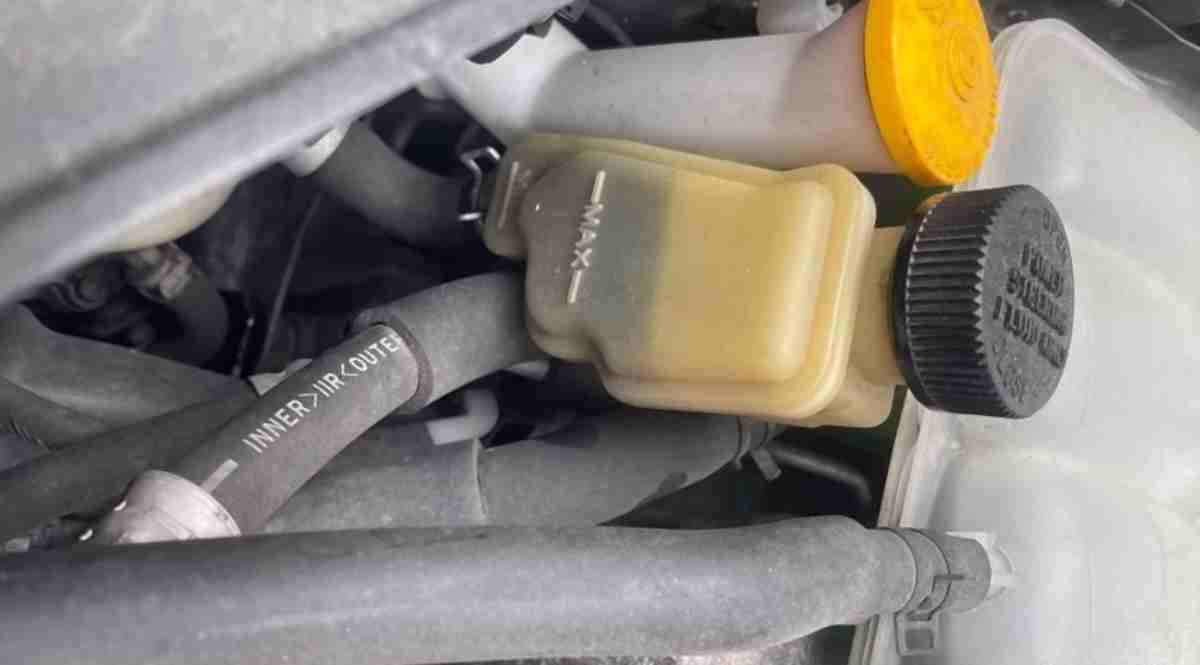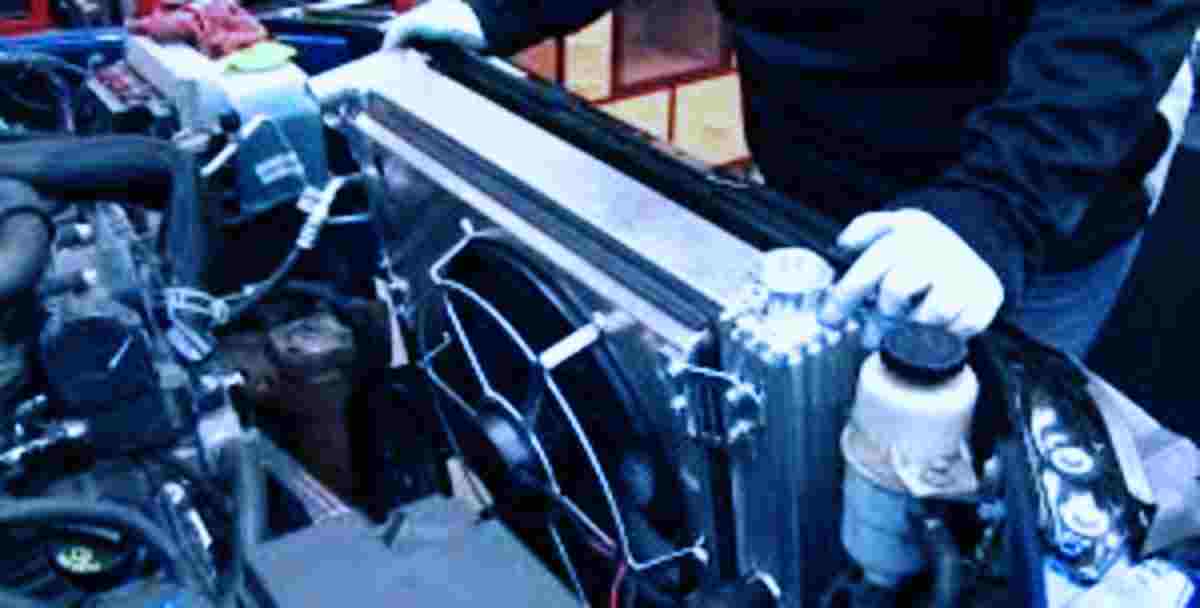Every car owner should know that power steering fluid types. Meanwhile, power steering was created for the first time in 1951, but it took many more years before it was standard equipment in all vehicles. If you’ve ever driven without power steering, you are aware of how challenging it may be to maneuver the vehicle in the desired direction. Fortunately, as long as we keep our cars with the appropriate power steering fluid types, we won’t have to deal with this issue today.
For vehicles to function properly, power steering fluid is required. The fluid allows the driver to control the car with little or no effort. Power steering fluid makes sure that several parts, including the valve, pump, pistons, and hoses, are operating at their best. The parts of the power steering are kept from degrading with regular maintenance such as topping it up, changing it, or flushing it.
Power steering fluid types

The synthetic-based, Automatic transmission fluid, and universal power steering fluid are the three most popular power steering fluid types. It’s important to choose the correct power steering fluid for your vehicle since each of these varieties has unique characteristics.
They are explained as follows:
1. ATF Transmission fluid
Only a few vehicles can use automatic transmission fluid. You can use ATF+4, Dexron, Mercon, Type F, and other types of transmission fluid for your power steering in these vehicles.
From the 1970s through the mid-1990s, most American vehicles used automatic transmission fluid. These include vehicles from Ford, GM, and Chrysler. Additionally, automatic transmission fluid is used in all Volkswagen vehicles produced in the United States between 1984 and 1989.
2. Synthetic-based hydraulic fluid
Power steering fluid for European and Japanese vehicles-based fluids. Depending on the year, make, and model of the vehicle, Volvo, Volkswagen, Porsche, BMW, Mercedes-Benz, and Audi all adhere to a separate standard.
Subaru, Toyota, Nissan, Mitsubishi, and Honda all have certain requirements for power steering fluid. Since the synthetic fluid is designed to flow effectively even at low temperatures, the pump is kept lubricated longer and the system’s lifespan is increased.
3. Universal power steering fluid
Additionally, a universal power steering fluid is available for use in a variety of contemporary vehicles. But some manufacturers advise adding unique additives to this fluid to lubricate the pump and seals or to prevent corrosion.
You should check the power steering reservoir cap to determine the correct power steering fluid for a particular vehicle. The owner’s handbook for the vehicle ought to have the details as well.
When to replace the power steering fluid?
Power steering fluid will stay for a longer time than most automotive fluids because it is used in a dirt-free environment. In actuality, most manufacturers don’t provide a suggested service period for power steering fluid. According to AMSOIL, change power steering fluid once it’s become dirty and contaminated.
The power steering fluid should be replaced on average every 50,000 miles or five years, whichever comes first. By then, the fluid has started to degrade, and you could have noticed pollution, which might have an impact on the steering system and pump. The corrosion inhibitors also lose their effectiveness. The fluid may begin to oxidize due to the high temperatures seen behind the hood. No matter how long it has been, you should replace the fluid if it seems soiled or black.
The purpose of power steering fluid, like that of all other vehicle fluids, is lubrication. It won’t be as effective if it starts to absorb moisture and dirt. The pump may malfunction and generate noise due to old power steering fluid.
How to Check the Power Steering Fluid Level
Follow the steps below:
Find the reservoir and the pump
You should be aware of where to search before also checking the power steering fluid. Usually located on one side of the engine, the power steering pump is belt-driven.
On the other hand, this pump’s reservoir is located on its top. Since there isn’t enough place on the pump for it, the reservoir is sometimes remote and installed on the inner fender. Before continuing, make sure your car is turned off.
Take away the cap
It’s crucial to clean out any dirt or debris from the region before removing the cap. When the cap is removed, you don’t want any impurities to enter the fluid.
Remove the reservoir cover with caution. Check the fluid level using the dipstick connected or the marks on the reservoir. It can say FULL or have a line that says ADD/LOW. Your car should generally have the same quantity of fluid in it throughout time. However, you can notice reduced fluid levels as your car ages or if there is a little leak anywhere.
Pour more fluid
You need to pour sufficient fluid if the power steering level is low so it can get to the full marking. Whether the system is hot or cold, you can have various marks since this fluid expands as it becomes heated. Don’t fill the fluid reservoir to the top. If not, the power steering fluid may begin to leak from the system, particularly when it becomes heated and the reservoir fills up.
How to change power steering fluid
- Drain the System first. The fluid must be drained into a container after removing all of the hoses from the steering rack or gear. However, this can still leave some fluid that is trapped. You would rejoin the system except for the return hose and add a tiny quantity of new power steering fluid to get this fluid out. The pump will force the old fluid out via this pipe once the engine is running in the car. Don’t forget to collect it in a container. Also, you should move the steering wheel while the pump is running to make sure the new fluid has replaced the old one.
- Add new power steering fluid. Connect the return hose once again. You can now replenish the system with a new power steering fluid after removing the old fluid. Make careful you fill your system with only suitable fluid.
- Bleed the power steering system. Add liquid until the FULL mark is reached. Turn the steering wheel to the left and right numerous times while starting the automobile. If the fluid level falls, add more.
Cost of power steering fluid replacement
When you bring your car to the shop, the typical price of the power steering fluid change is between $95 and $140. However, for simply the price of the replacement fluid, you can do it yourself.
But failing to replace the power steering fluid might lead to a broken pump. You would have to bring out several hundred dollars to replace the power steering pump.
FAQs
Could I just refill my power steering fluid?
Yes, you can simply replenish the power steering fluid reservoir if the power steering system is not empty. However, you should first fix any leaks if there are any.
How can you tell if your power steering fluid is low?
Checking the level in the reservoir will tell you if your vehicle needs power steering fluid the quickest. The reservoir often has a minimum and maximum mark, and if the level is below the low point, you must fill it. Another indication that the level is low is if the power steering pump makes unpleasant sounds when you spin the wheel.
How do I know which power steering fluid to use?
Checking your owner’s handbook is the best approach to figuring out which power steering fluid to use for your particular vehicle. You can also use online car component retailers to find out what power steering fluid to use by entering your license plate number.
What happens if you have low-power steering fluid?
When the power steering fluid level is low, air will enter the hydraulic system, causing jerky or difficult steering that might harm the power steering system. The power steering pump is the component that suffers damage the most often as a result of insufficient power steering fluid.
Final words
As mentioned earlier, there are three power steering fluid types and this article explains them all.
The next time you go for a drive and you realize that it takes a little more effort to turn the wheel, the power steering fluid is probably the blame. Modern vehicles tend to make us forget about the power steering system, yet it is essential for a safe and comfortable driving experience.
![How to Fix Reduced Engine Power [Complete Guide] How to Fix Reduced Engine Power [Complete Guide]](https://sanedriver.org/wp-content/uploads/2023/02/PicsArt_02-10-06.22.51.webp)
![Car Lights Dimming and Brightening [Causes and Fixes] Car Lights Dimming and Brightening [Causes and Fixes]](https://sanedriver.org/wp-content/uploads/2022/11/PicsArt_11-28-09.27.05.jpg)
